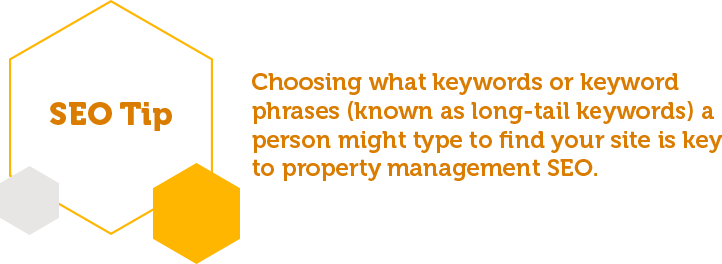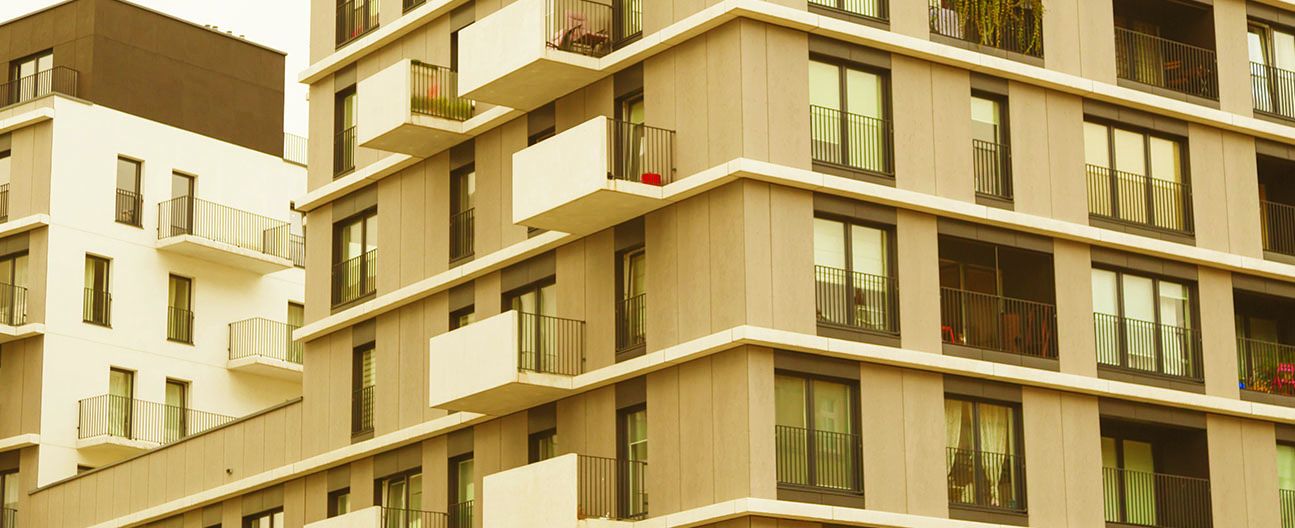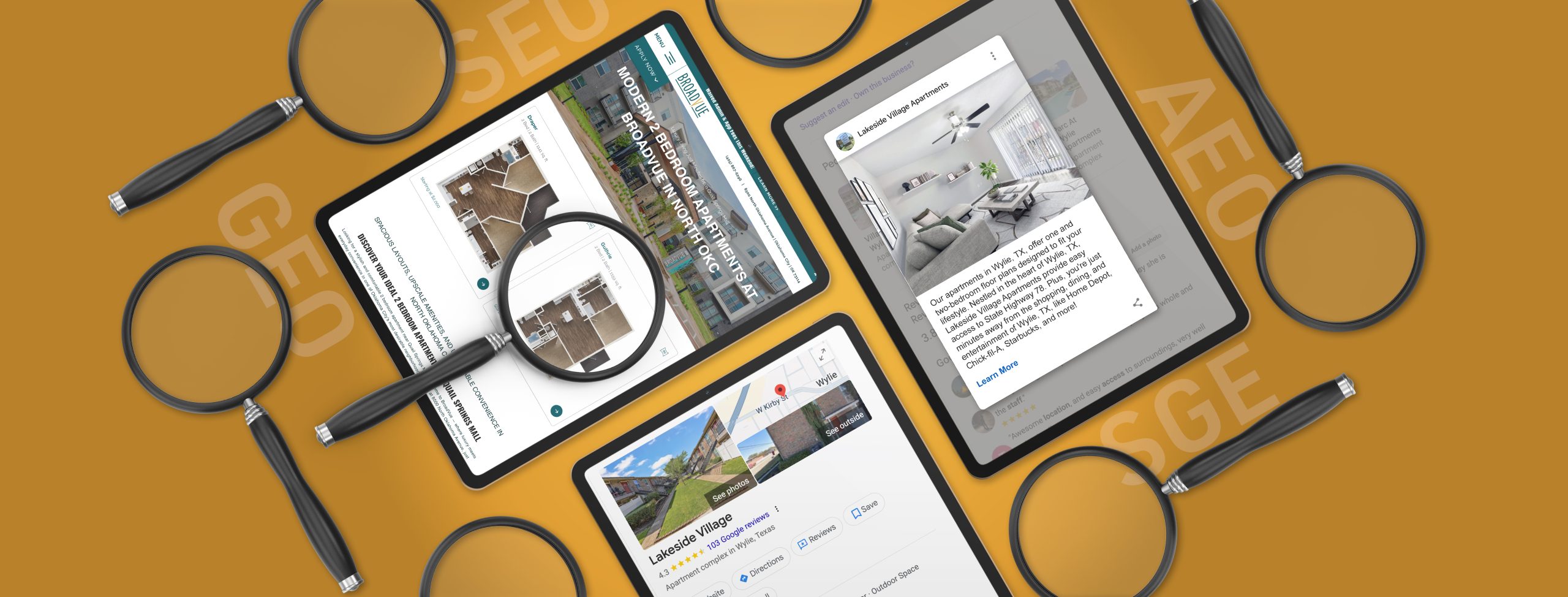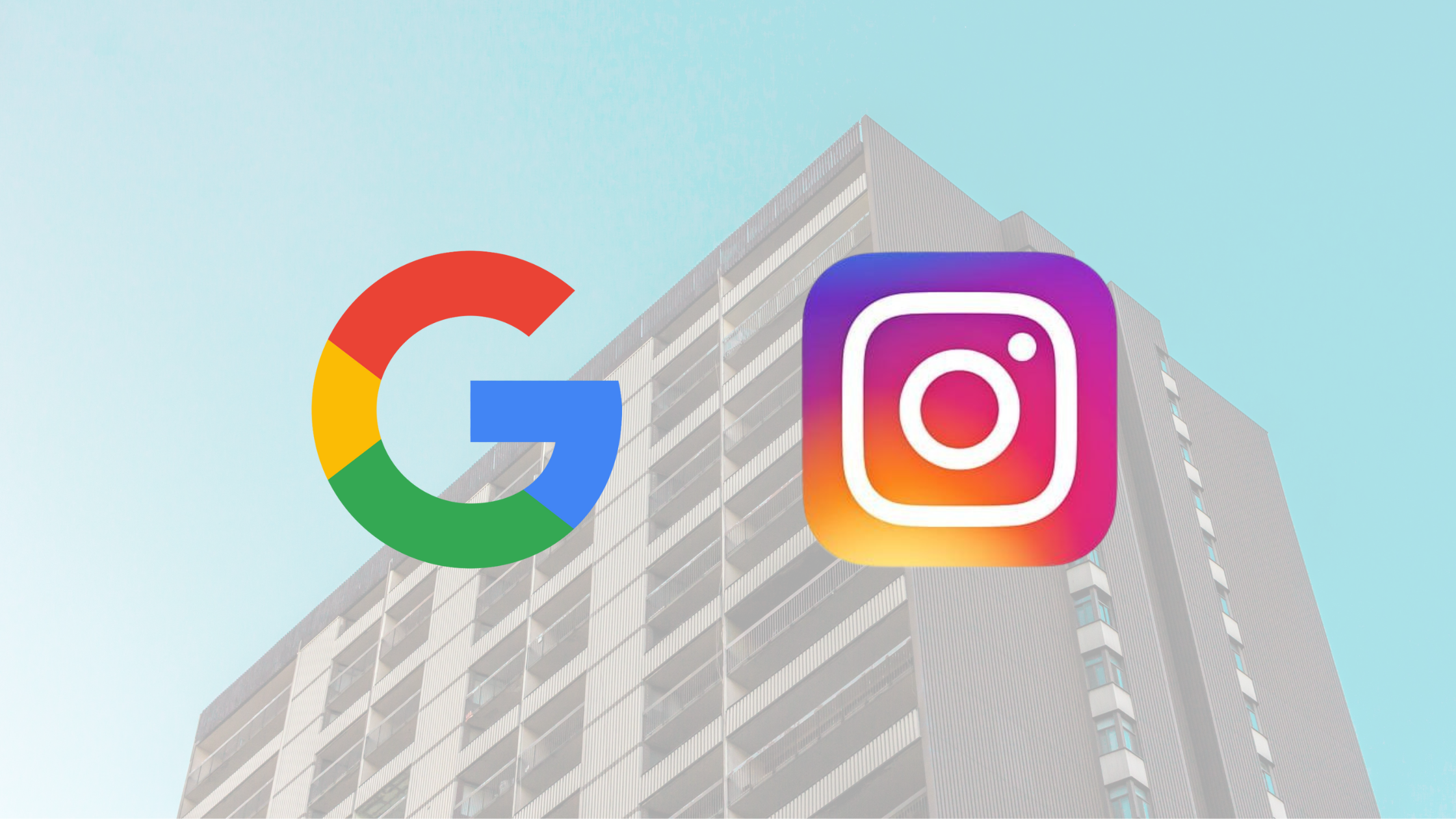Why Your Multifamily Property Is Losing Apartment Leads
The past year has been tumultuous amid COVID-19 and economic changes, which resulted in many renters choosing to stay in their apartments. And while this is a good thing for properties, it negatively impacted apartment lead generation for many properties worldwide. With the rolling out of vaccines and additional stimulus legislation, the job market is expected to rebound this year, leading to greater housing demand, according to Freddie Mac’s Multifamily 2020 Midyear Outlook.
While the future is uncertain, it is critical for property managers and multifamily marketing professionals not to let apartment lead generation slip by the wayside. An effective apartment lead generation strategy means property professionals will spend less time chasing prospective renters who are not interested and more time pursuing qualified apartment leads.
Today’s customers prefer to research and shop online rather than wait for your business to come to them. Whether your multifamily property is small or large, this has significant implications for your multifamily marketing strategy and your ability to speak a digital language. How you respond to apartment leads, coupled with this, can make or break your success.
In this blog, we will look at how apartment owners and operators can use thoughtful apartment lead generation strategies to keep occupancy high and add to their bottom line.
Why are apartment leads critical?
Those who grew up in the era of GI Joe likely remember that “knowing is half the battle.” So, what’s the other half?
Doing something about it.
If an apartment lead is a piece of information that tells you someone has found your property, how you respond to that apartment lead is the difference in whether you gain their business. A healthy apartment lead generation strategy is beneficial because it will help you avoid seasonal slumps and scale your multifamily websites when tested.
Why are you losing apartment leads?
A critical question to ask about your apartment lead generation strategy is what it typically does after a lead comes through. There are two avenues here:
1. You contact the apartment lead to make a sale. When a sale is not made, move on to the next. This removes energy and expels it from the pipeline.
2. You nurture the apartment lead and seek to understand the needs of the potential customer better.
If your answer is the former, here’s the problem: They might not be ready to rent an apartment unit now, but they were interested for a reason. In a market that is increasingly buyer-directed, they found you. And they might be ready to rent in the future. Perhaps it’s not the right time, or perhaps they need something slightly different.
Either way, “lead nurturing emails are a great way to learn more about your [apartment leads],” and results in a “23% shorter sales cycle,” according to HubSpot Marketing.
Establishing contact immediately, following up with relevant questions, and maintaining consistent communication with your pipeline will keep it healthy … and keep it interested.
How can you recapture and maintain apartment leads?
Get personal and get digital.
1. Target the right persona.
Renters don’t just want to see the amenities you offer; rather, they want a personal connection — a home. Multifamily marketing will generate more apartment leads for your property by targeting audiences and writing carefully crafted content.
You should offer content that informs and educates your audience. Doing so not only helps educate the audience but enhances your multifamily SEO. If your team is creating content for audiences that are not interested, you will receive little return from the multifamily marketing campaign. To figure out who your property’s best target audience is, develop resident buyer personas.
2. Be personal and nurture your apartment leads.
Customers today want to be reached on a personal level before choosing a product, and your apartment lead generation strategy should consider this. Rather than simply following up with an apartment lead, plan to nurture it. It might take time, but regular touchpoints focused on your potential customer’s needs will lead to a healthier pipeline and future growth. Do your research so you know your content aligns with your target audience. If you take the time, you will see the results on your multifamily websites.
3. Reach your audience where they already are.
According to eMarketer, nearly 80% of Americans use the Internet daily. Moreover, an astounding number of them use their phones to get online. A multifamily marketing plan is only worth the residents following it, so ensure yours is on their platform. And when they find you, take the time to understand them.
4. Provide relevant, reliable content to your apartment leads.
Marketers commonly make the mistake of over-producing content on their multifamily websites. Most believe that if they are not pumping out information 24/7, they will lose apartment leads and residents. This causes them to create an overflow of content that tends to be less relatable to the target audience. Rather, focus on what you want to put out there and create engaging content for your multifamily websites. It is not the end of the world if you do not post a blog for a few days or if you miss a post on Instagram. It is more important to have high-quality content than high quantity.
5. Focus on your multifamily SEO efforts.
A multifamily website and blog is not enough for your apartment lead generation. If you want your property to rank higher in search results and rake in new apartment leads, you must do the legwork. Multifamily SEO (search engine optimization) refers to making your website more easily discoverable in search engines like Google. When a user searches for “luxury apartments with a pool in Dallas, TX,” you want your property to appear on the first page to increase the chance that the searcher will find your multifamily website and become a lead. Multifamily websites with strong keywords, meta descriptions, high word count, and page titles will generally rank higher in Google searches.
Invest in multifamily SEO tools like SEMRush, Linkgraph, SEO Moz, and more to help kickstart your apartment lead generation strategy. Be patient with your multifamily SEO efforts, as it can often take months to deliver results based on various factors, including keyword relevance, apartment web design, social media activity, and search engine algorithms.

6. Maintain a flexible apartment lead generation strategy.
As Baby Boomers look toward retirement, their businesses will soon be restructured by generations who trust online technology. While these processes are critical to your success, digital multifamily marketing is not one-size-fits-all—and neither is your apartment lead generation strategy.











